November 25, 2024 | 09:43 GMT +7
November 25, 2024 | 09:43 GMT +7
Hotline: 0913.378.918
November 25, 2024 | 09:43 GMT +7
Hotline: 0913.378.918
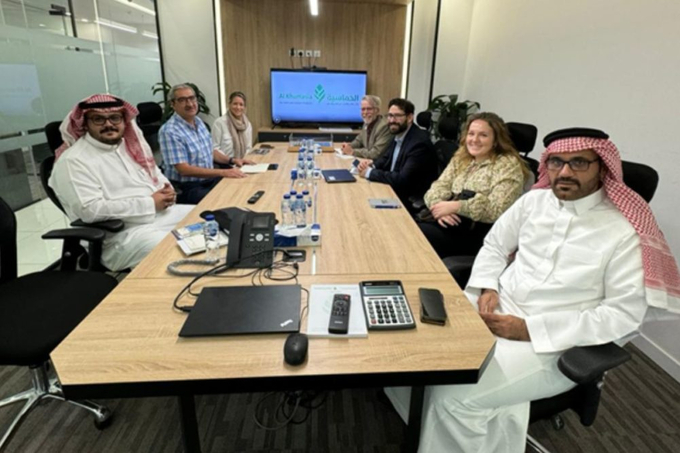
Pictured clockwise are USGC Regional Director for Europe, the Middle East and Africa Ramy Taieb (second from left); USGC Deputy Regional Director for Europe and the Middle East Ana Maria Ballesteros; USGC Senior Director of Global Strategies Kurt Shultz; USGC Manager of Global Strategies and Trade Alexander Grabois; and USGC Manager of Global Programs Sadie Marks.
Representatives from the US Grains Council’s Europe, Middle East and Africa office recently visited with key customers in the animal feed production and industrial starch sectors in Saudi Arabia to understand their experiences and challenges with US corn and co-products.
The program was an opportunity for the USGC to discuss its strategies in the region as well as a chance to highlight the superior performance of US corn in both industries.
“US feed grains and co-products could be a good fit for supporting growth given US corn’s qualities like more favorable feed conversion ratios (FCR), higher levels of starch extractability and more optimal impacts on feed milling due to lower energy usage as recent and ongoing studies led by the Council have demonstrated,” said Ana Maria Ballesteros, USGC deputy regional director for Europe and the Middle East.
The week began with visits to feed millers of primarily poultry and bovine operations, where discussions focused on the main issues customers face and their outlook on the market. In many cases, the questions revolved around how the council can support them in maximizing output by using US-origin corn and technical matters including how to best store grain in their climate.
“The Kingdom of Saudi Arabia is currently the largest US corn export market in the Middle East, purchasing more than 900,000 tonnes and maintains a very high growth potential in the coming years considering its Vision 2030 project that aims for self-sufficiency in in many sectors,” Ballesteros said.
Some of the key challenges the council discussed centered around how customers are currently viewing the Saudi Arabian market and how they can address issues in their day-to-day operations. The dairy and poultry markets are showing high potential, as they transition from the use of barley to corn in their feed rations.
“Corn and its co-products will continue to be a necessary component as the country aims to become self-sufficient in domestic production of broilers, layers, and other industries and explore investments into aquaculture,” Ballesteros said. “Working with our customers to help educate them on best practices for using corn and distiller’s dried grains with solubles (DDGS) in these sectors will allow smoother growth for end-users and continued relationship development to benefit US producers and exporters.”
(WG)
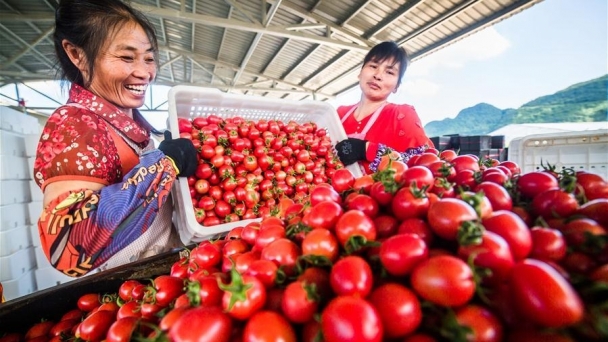
(VAN) The researchers from the Chinese Academy of Agricultural Sciences conducted taste tests on over 100 varieties of tomatoes and identified 33 flavor compounds that affect consumer preferences.
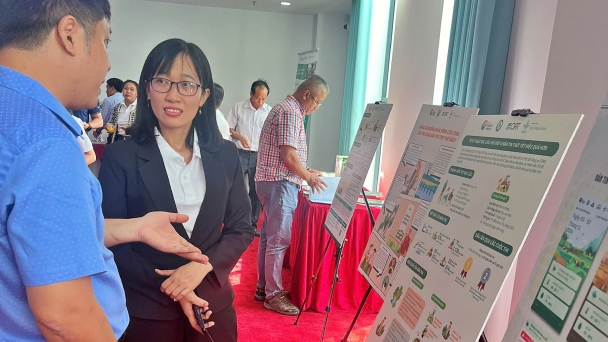
(VAN) Despite proving beneficial to farmers in weather forecasting, pest and disease forecasting, decision support, etc., digital services in agriculture still need more time to become more sustainable, especially when adapting to emerging challenges.

(VAN) The World Bank (WB) has identified numerous obstacles that Vietnam encounters as a result of its continuous export-oriented growth strategy.
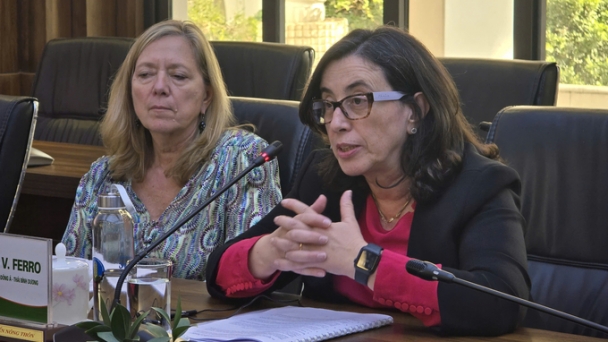
(VAN) On November 22, Minister of Agriculture and Rural Development Le Minh Hoan met with Manuela V. Ferro, the World Bank's Regional Vice President.
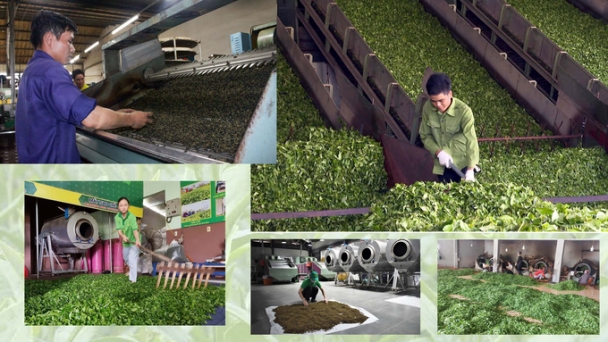
(VAN) Investing comprehensively in technology, Vietnam's exported tea can enhance its competitiveness and establish its position in the international market.
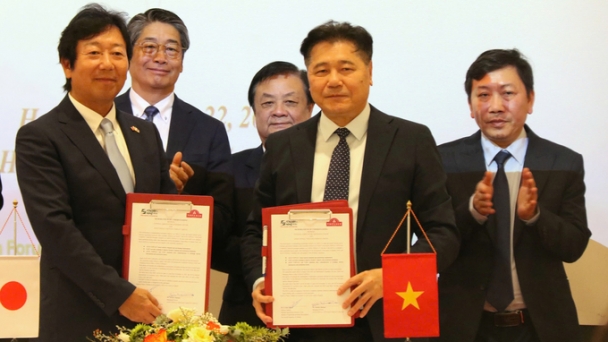
(VAN) The National Agricultural Extension Center signed a memorandum of understanding with AEON TOPVALU Vietnam Co., Ltd on November 22.